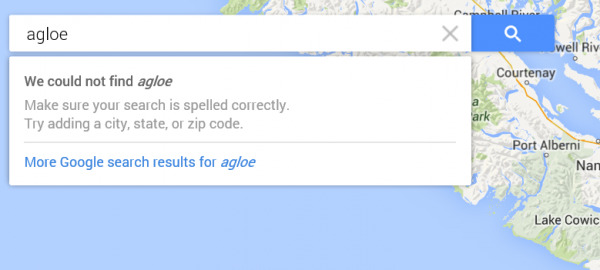Google Maps Included Fake Anti-Piracy Town "Agloe"
Piracy has been around far longer than its association with digital pilfering, and efforts to protect against it varied depending on the industry. For those who made maps, the issue of having one's mapping work pirated was especially troublesome due to the difficulty in proving theft. It was this quandary that prompted the subtle inclusion of a fake city on one map in particular, something that spawned an unusual chain reaction leading to an eventual (temporary) inclusion in Google Maps.
The town in question is "Agloe", which was made somewhat famous by the young adult novel "Paper Towns" by John Green. This small town never existed, but could be found featured in New York near Roscoe. If one visited the "town", they would be greeted with a dirt road and little else — something that made it an ideal location to stick a fake name on the map.
In the 1930s, The General Drafting Co.'s Director Otto G. Lindberg and his assistant Ernest Alpers took their respective initials, mixed them together, and formed the name "Agloe". They then put this name on the map as a trap against would-be map pirates, giving them a way to litigate against theft of their property.
That time seemed to come a short while later when Rand McNally published its own map including the small fake town. During the resulting legal process, however, Rand McNally explained the company's designers used the county's official map and upon visiting the coordinates for the place called "Agloe", they found a building called the Agloe General Store.
As it turned out, the store's owners saw the name Agloe on a map, assumed that was the proper name of the location, and named their store after it. That store is no longer there, but up until sometime in the past few days, Google Maps provided directions to this fake antiquated anti-piracy town. That is, until word of it surfaced on Big Think's Strange Maps.
Now when searching Google Maps for Agloe, you get this:

SOURCE: NPR
